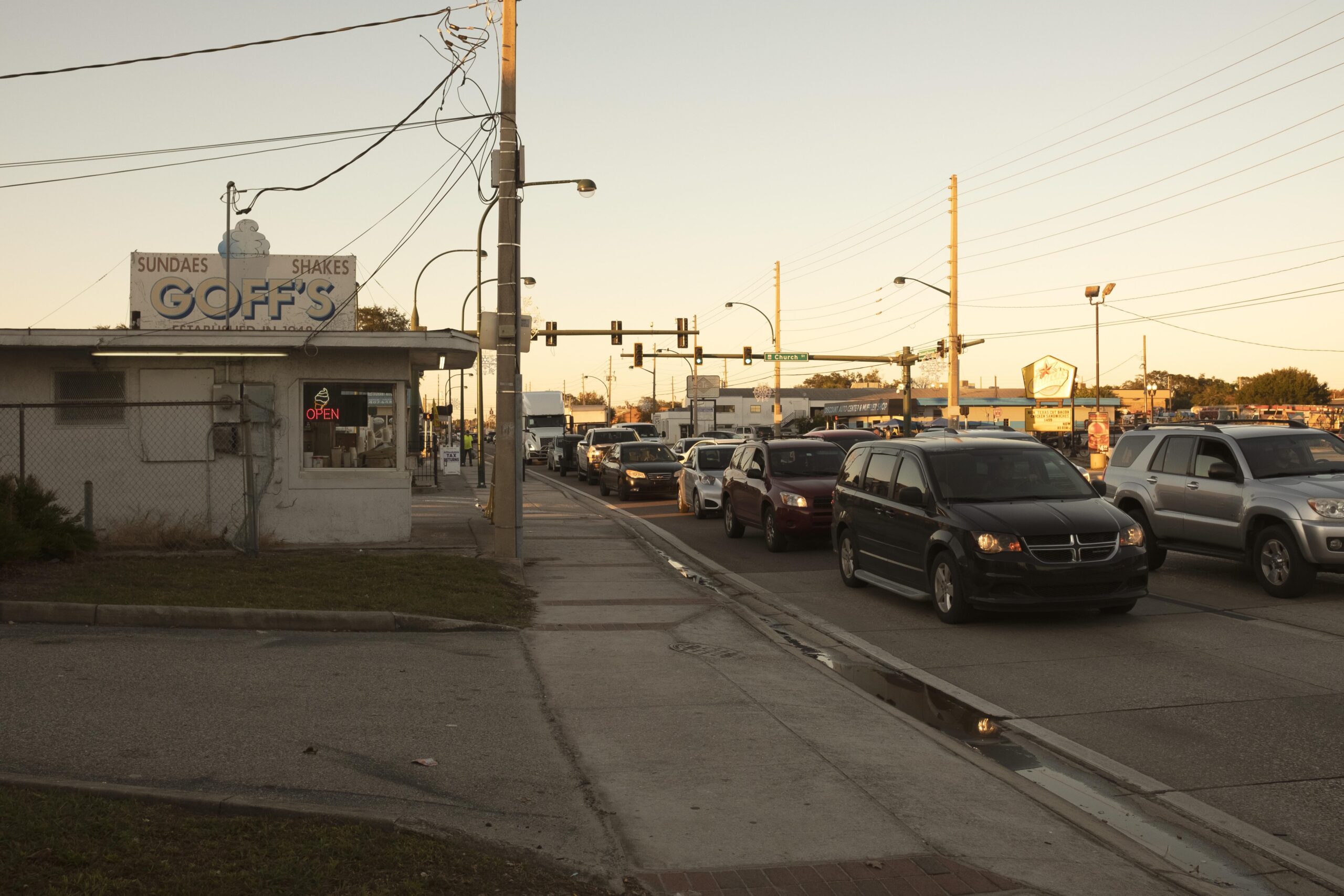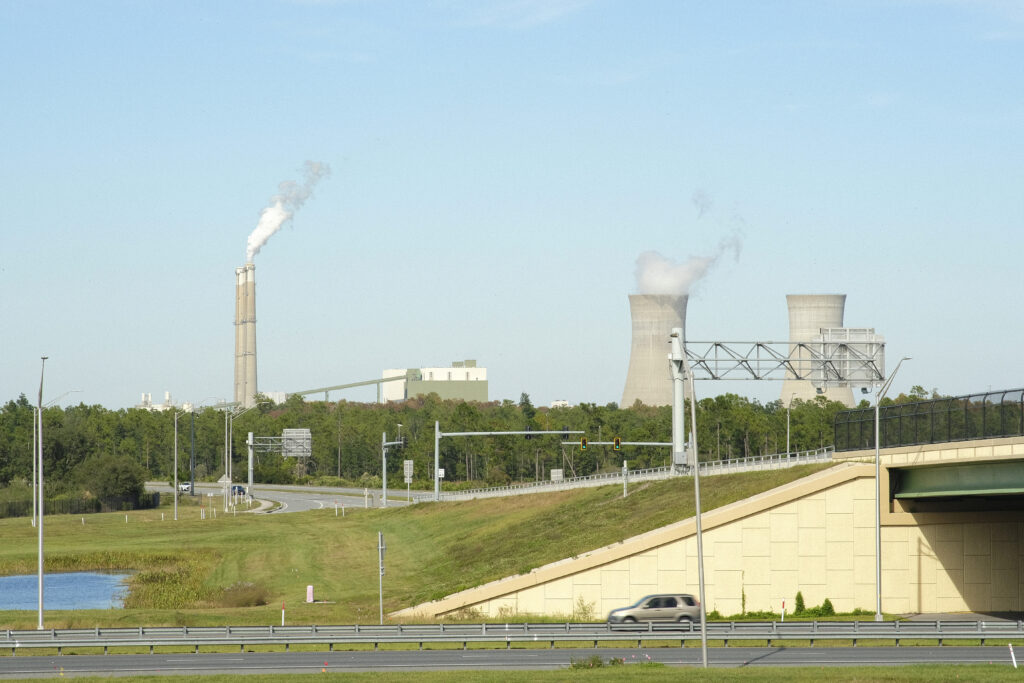
For some, who live in environmentally deprived areas, being healthy is a challenge.
According to the National Institutes of Health, environmental health disparities exist when communities exposed to a combination of poor environmental quality and social inequities have more sickness and disease than wealthier, less polluted communities.

The Flint water crisis is one historical event which brought national attention to environmental injustice. However, environmental injustices are not only in Flint.
Pollution and dirty water are also not the only environmental disparities that plague Black communities and other communities of color. Food deserts play a harsh role in that equality as well.
The USDA defines a food desert as a place where at least a third of the population resides more than one mile away from a supermarket for urban areas or greater than 10 miles for rural areas.
Glen Providence works with Hebni Nutrition Consultants, an Orlando-based not-for-profit organization that educates culturally diverse populations about nutrition strategies to prevent diet-related diseases. Providence considers Orlando’s Parramore community to be troublesome.
“We identified 16 food deserts and (Parramore) is one of them,” Providence said. “We also did a community nutrition assessment and so right where we are there is no major grocery store within a mile of here… no full-service grocery store. But, you have a bunch of mom-and-pop stores that are left to fill the needs of the community. It starts to paint a picture, once you layer disease rates, the higher rates of diabetes and obesity and high blood pressure, they are more prevalent in this area.”
“A food swamp is a gathering, if you can imagine a swamp, it’s a gathering of stuff. So, in this case, it’s a gathering of food places that aren’t necessarily healthy options for the community,” Providence said.
The food swamp is filled with restaurants serving fried chicken, fried seafood, burgers and convenience stores that offer higher-priced processed foods.
“Healthy options? I mean, this is it,” added Providence.
Amongst others, the soil, air, water and food humans consume have a direct impact on our health and life expectancy.
Jen Torres is an environmental organizer with Poder Latinx, a community-based organization that operates in Orlando, Arizona and Georgia. Poder Latinx’s mission is to build a political wave that addresses immigrant justice, economic justice and environmental justice.
“We can see these health disparities when we look at the amount of people who are living in these neighborhoods that are suffering from asthma, different respiratory issues, heart diseases, that are at a way higher degree from other neighborhoods,” Torres adds.
Torres said, “When we talk about this, it’s crazy people still deny it because there have been countless amounts of research over the last decades that have proven that there are so many disparities that exist in our brown and Black communities that are not accidental. We have toxic power plants in low-income neighborhoods where brown and Black people live, we have high energy burdens in parts of the city where mostly there’s brown and Black people.”
As for steps the community can take to help clean up our communities, Torres said, the key is to be more aware of what is going on. “A lot of times we find people of color think that this is the way things are and there’s nothing that we can do about it but, there really is if you look around the United States where people experience these disparities people are starting to wake up and realize this isn’t OK and we can do something about it,” she said.




